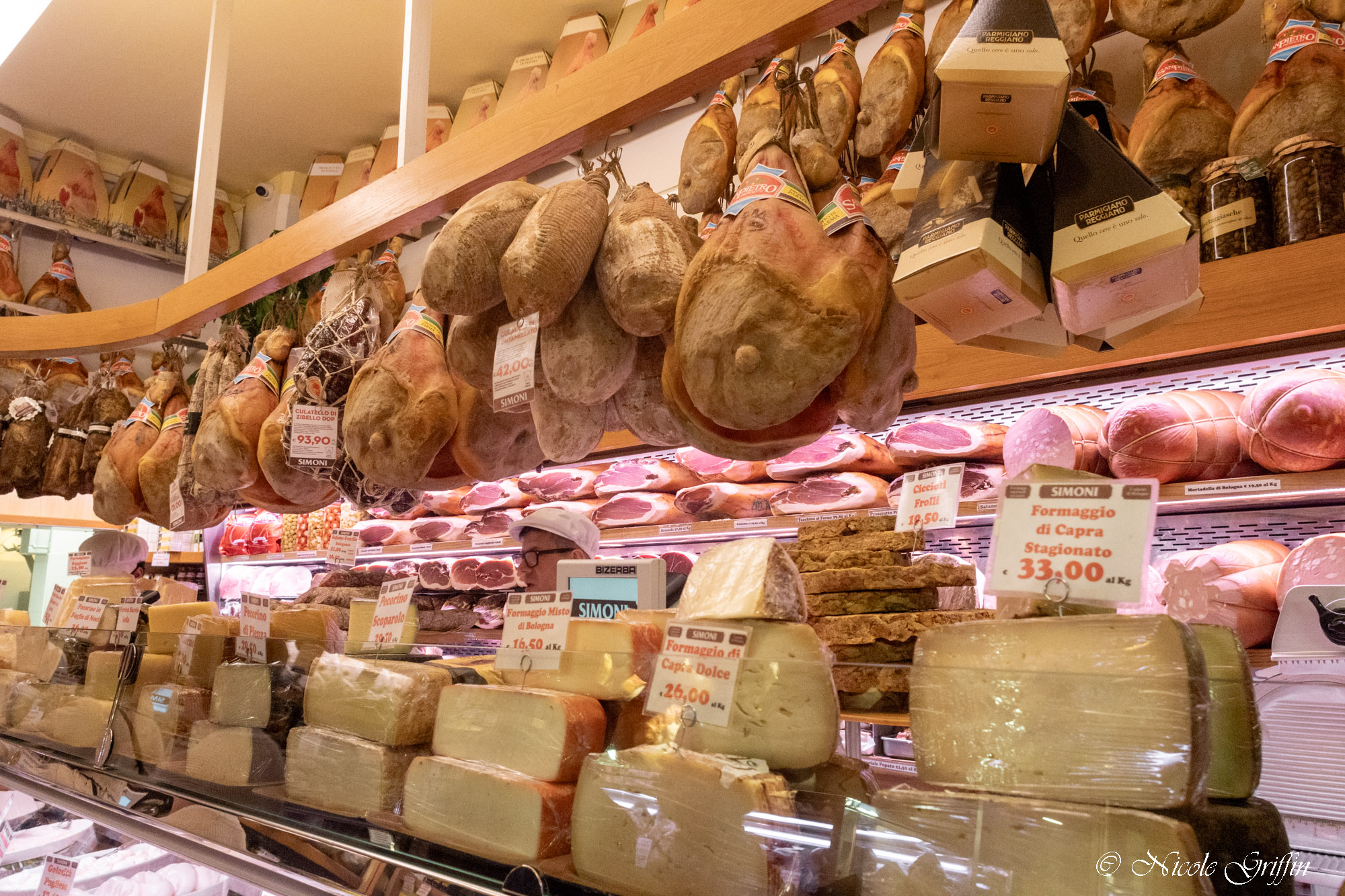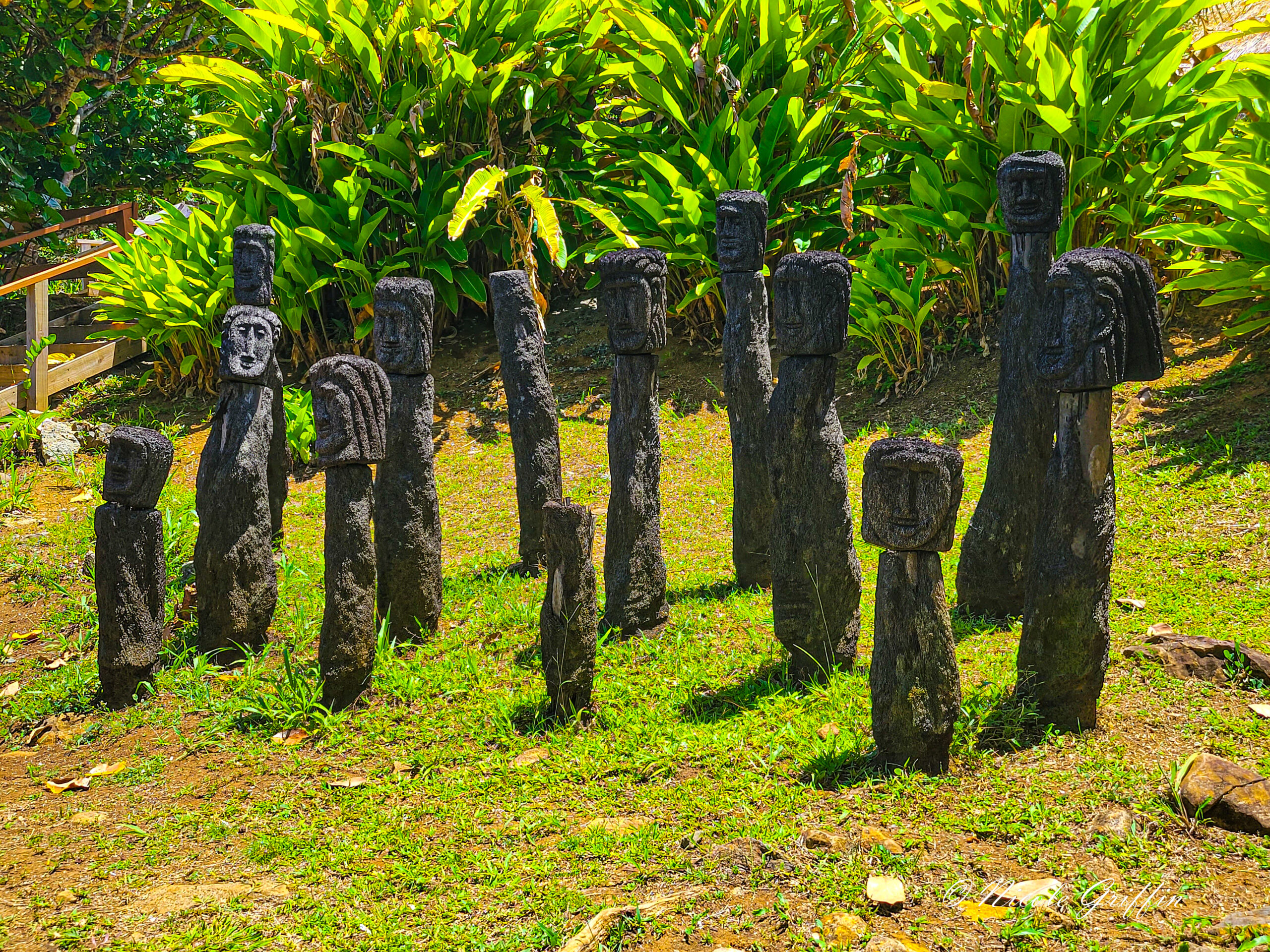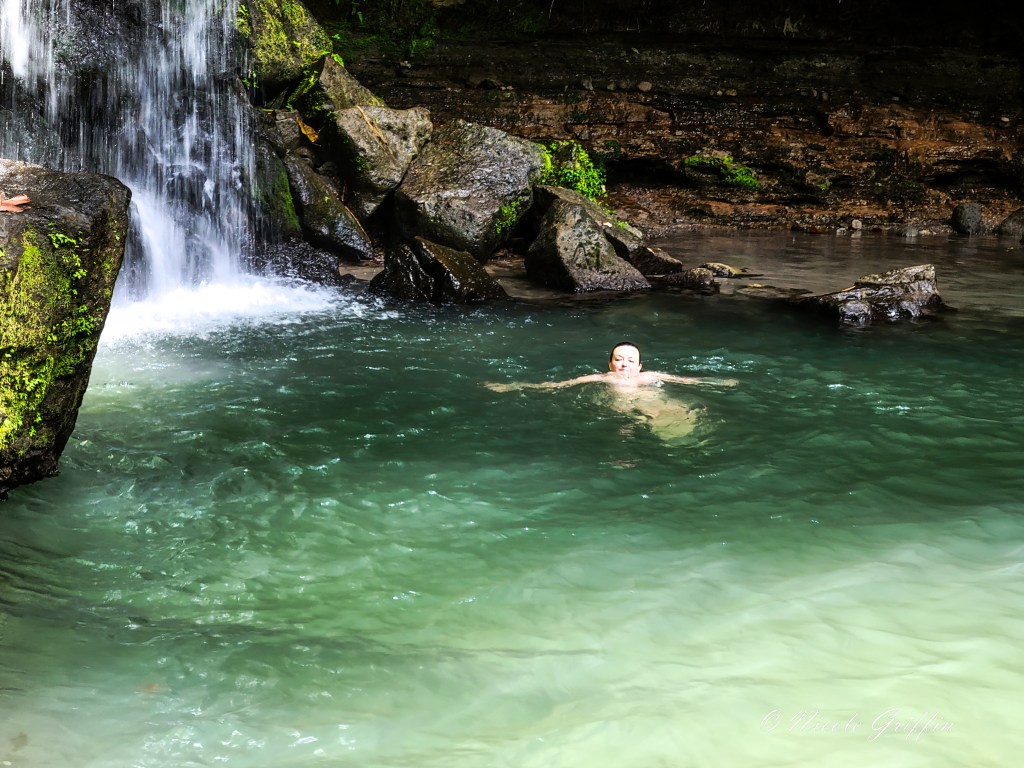Our group of mostly American tourists followed Caterina of Secret Food Tours through the winding streets of old Bologna like little ducklings. We stopped in one shop and tasted little pastries, then in another shop we picked up a parcel, then tasted slices of almond-flavored cakes called torta di rizo, then acquired another parcel, then squeezed into the cellar of a wine shop, where we tasted 8-, 12- and 25-year aged balsamic vinegar. This was decidedly not the commodity we buy in grocery stores in the US, but something thicker, sweeter, and less acidic—a perfect blend of the tartness of vinegar and the sweetness of syrup.

Eventually we reached the Osteria del Sole, located in the Quadrilatero and distinguishable only by a faint sun painted on the door. (Side note: Stanley Tucci visited the same place in the Bologna episode of Searching for Italy.)

Traditionally, we learned, osterias only served wine and other spirits—food was BYO—and Osteria del Sole was a rare one that still abided by this ancient rule. So here, the mysterious parcels we had picked up earlier came out.
They turned out to be two platters of charcuterie—or salumi, in Bolognese parlance—featuring some of the region of Emilia’s best pork-based delicacies. Slices of salami gentile, ciccioli (pork belly), culatello (culo being “butt”), salami rosso, and of course, Bologna’s famous mortadella and prosciutto di Parma.

While a long-time lover of prosciutto and cured meats in general, I had never tried mortadella before. We Americans had long ago bastardized the name of this cold cut from Bologna into “baloney”, so I looked at this item somewhat askance. But like the balsamic vinegar, mortadella had little to do with what we find in American grocery stores. This pale meat with flecks of white (fat) and black (peppercorns) was as buttery soft as the best prosciutto. Rounding out the platter were some hunks of parmesan (originating in neighboring Parma) and slabs of focaccia di Bologna.
As we noshed on the platter, the servers from the osteria brought us bottles of wine from the region. A Pignoletto, which my Bradt guide to Emilia-Romagna described as “the new prosecco”. A Lambrusco—again a departure from the varietal found in American grocery stores. Not at all sweet, but dry and fizzy, a combination of flavor and texture I’d never encountered before. And of course, a Sangiovese, a lighter wine made of the same grape I would later consume by the liter in Tuscany in the form of Chianti.
And all of this wasn’t even lunch, it was just the appetizer.
When I was planning my trip to Italy, two things had drawn me to Bologna. First and foremost was the food, for which Emilia-Romagna is justly famous as the best in Italy, even in a country known for its cuisine.
In this, Bologna did not disappoint. The Secret Foods walking tour was easily the highlight of my time in Bologna. After the osteria, we went to the Trattoria del Rosso for tortellini in brodo (tortellini being one of Bologna’s signature foods, in this case served in a capon broth) and tagliatelle al ragù (the original form of spaghetti Bolognese, properly served over much broader tagliatelle pasta topped with a ragù made of minced veal, pork, prosciutto, onions, carrots, celery, and only the tiniest bit of tomato). While in the city, I sampled the ragù and tortellini more than once, along with the lasagna, made in authentic Bolognese fashion, with spinach in the noodles and bechamel rather than ricotta.

The second thing that drew me to Bologna was the history. When I first started planning the trip, what I knew about Bologna was that it was home to the first university in the world, founded in 1088 (just 22 years after the Normans arrived in Britain), and that it had been a medieval cultural capital that drew scholars from all over the world long before the rise of such Renaissance families as the Medicis and the Borgias.
Given that, I was expecting to be more impressed by the architecture of the city, but perhaps I did not fully contemplate how much architecture changed from the Middle Ages to the grandeur of Renaissance Italy to which I was accustomed. Most of the architecture in Bologna is a brownish-red brick, which was the building material that was locally available in the city’s heyday. The city boasts some cute churches for sure, like the Basilica Santo Stefano:

But the city’s main cathedral on the Piazza Maggiore, the Basilico di Santo Petronio, is a bit of a gargantuan eyesore. Though construction began in 1390, the façade was never completed, leading to the sense that the basilica started getting dressed in the morning and forgot to put on its shirt.

The two elements of Bolognese architecture that are admittedly kind of cool are its porticoes and its towers. All through the city, sidewalks are covered in arched porticoes, a feature of the city’s architecture since the 12th century. Some of them are simple, practical coverings, others stately, others whimsical, others works of art. All of them are quite practical, for when it rains in Bologna (as it did much of the time I was there) you can walk around the much of the city under cover, only having to emerge into the rain to cross the street. All in all, there are 62 km worth of porticoes in the city, and they lend the city’s architecture a unique character.
The towers, I suspect, were more impressive in memory than in current fact. Centuries before New York City started sprouting skyscrapers, the great families of Bologna (and elsewhere in Italy) built massive brick towers to the skies, simultaneously for purposes of status and defense. Food tour guide Caterina showed us a rendering of what the city had looked like over a century ago (something like this), before many of the towers crumbled or were torn down due to structural failings, and presumably bombing during World War II. Ruins of them can be seen tucked in corners all around the city, but the Due Torre (Two Towers), are the most prominent remaining.

Until recently, you could climb the larger Torre degli Asinelli, but now the smaller Torre della Garisenda is leaning so heavily towards its big brother that the larger tower has been closed due to safety concerns.
Overall, I found Bologna and the Emilia region worth visiting for the cuisine alone. A true foodie could go nuts in this region, visiting wine, cheese, and salumi shops and production facilities, along with restaurants from the hole-in-the-wall to the Michelin-starred. But for me, the region lacked something of the charm that I associate with Italy. But perhaps my impression was soured on account of the rain, which prevented me from spending as much time as I’d have liked enjoying my all-time favorite Italian activity of sitting in an outdoor café, drinking wine, and people watching.











